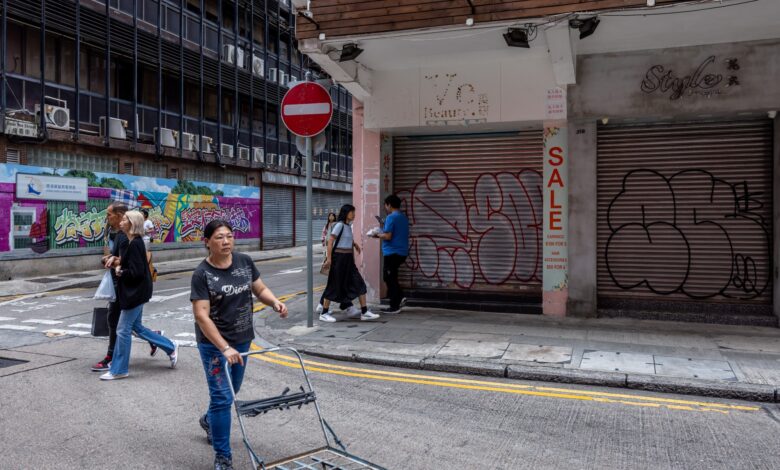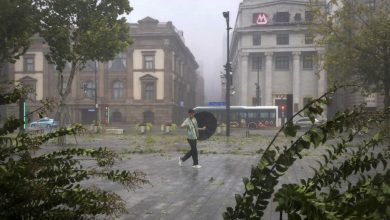Hong Kong retail landlords face squeeze in north as shoppers flock to mainland

RETAIL rents in Hong Kong districts near the border with Shenzhen are likely to miss out on a revival elsewhere in the city as residents flock to the mainland to do their shopping.
Real estate brokers say a softening in rents in the northern part of the New Territories contrasts with core locations such as Central and Tsim Sha Tsui, which are expected to stay resilient or recover this year as spending by tourists slowly picks up.
“When we negotiate with the landlord, we know it’s going in two directions,” said Lawrence Wan, senior director of retail advisory and transaction services at CBRE Group. Wan expects a reduction of rent levels in border areas, and a zero to 5 per cent increase in places such as Central and Causeway Bay, creating a “gradual” divergence, he said.
Hong Kong’s retail landscape has been hit by a surge in cross-border travel, with residents going to Guangdong province for cheaper goods, better services and a wider selection of offerings. The yuan is also weakening against Hong Kong’s currency, which is pegged to the US dollar.
“It’s become a new normal,” said Kevin Lam, executive director and head of retail services at Cushman & Wakefield in Hong Kong. He sees rents in border areas under pressure and those in core locations slightly rising. “This is one of the headaches for most of the landlords who own a portfolio near the border.”
Hong Kong residents living in the New Territories can easily get to Shenzhen in less than an hour by using the newly extended East Rail Line that connects the two regions via the Lo Wu crossing. They have recently been restricting purchases at home to basic necessities on weekdays before splurging in mainland China during the weekend, said Lam, citing discussions with landlords and other stakeholders.
A NEWSLETTER FOR YOU

Property Insights
Get an exclusive analysis of real estate and property news in Singapore and beyond.
On top of that, people are visiting Shenzhen for increasingly varied purposes. While most travellers last year were focused on shopping, they are now going for services such as health checkups and car maintenance, said Lam.
During the four-day Easter holiday in April, Hong Kong residents made nearly 1.8 million trips to mainland China and Macau. They are going so frequently that Shenzhen authorities said last month that they will consider building a new joint checkpoint to speed up the immigration process.
Some landlords are hoping more mainlanders can visit Hong Kong. Link Reit, a trust that has more than 30 shopping developments in the New Territories, called for Hong Kong to resume multi-entry visas from Shenzhen, its chief executive said. While the firm’s portfolio still has a high occupancy rate of 98 per cent, it was recently downgraded by UBS Group partly on cross-border consumption.
Newer shopping centres have been hit harder. They are finding it difficult to get tenants, which delays openings, according to executives from Jones Lang LaSalle (JLL). Rents in the New Territories are expected to be “more flat” compared with a 5 to 10 per cent gain for high street shops in core locations this year, JLL forecasts.
Despite the increasing flow of shoppers heading north, some brokers say the trend is cyclical.
Hong Kong residents will still be keen to go to mainland China in the next three to six months, said Oliver Tong, head of retail at JLL. But in the medium term, he said, rising retail sales in Shenzhen will prompt landlords to increase rents, which will translate into higher prices. Shoppers may then decide to resume spending locally, aiding retail rents, he added.
“In the short term, yes, people may still have the hype,” said Tong. “But in a few more months, people will feel the fatigue.” BLOOMBERG





